The discoveries of modern physics are so astounding and counterintuitive that they almost defy belief. Yet ample evidence shows that such baffling theories as quantum mechanics and general relativity must be correct, if only because some of today’s key technologies wouldn’t work without them. Indeed, there is no end to the bizarre findings of physics, for example:
Mass Is Not What You Think. We think of mass as the amount of matter in something. But it’s much stranger than that. According to theorist Peter Higgs and others, an energy field permeates the universe, giving mass to a certain class of particles. Those particles that don’t interact with the field, such as photons, have no mass.
Quantum Foam. Empty space may seem empty by definition. But that is an illusion. The law of conservation of energy is suspended over tiny distances and periods of time, with “virtual” particles popping in and out of existence in a chaotic quantum foam.
The Unobservable Universe. What lies beyond the most distant bounds of the observable universe? Since light from that region can never reach us, we should never know. Yet scientists have deduced from the subtle signature of the Big Bang that the entire universe must be at least 500 times wider than what we can see.
When faced with such claims, it’s only natural to ask: How can anyone possibly know this? But as scientists have done since the earliest days of their profession, they evaluate the evidence, frame hypotheses, conduct experiments, and weed good ideas from bad as they close in on what must be the truth.
In a riveting course designed to give non-scientists the matchless experience of scientific discovery and deep understanding, The Evidence for Modern Physics: How We Know What We Know takes you through the most remarkable insights of contemporary physics, showing why physicists believe what they do.
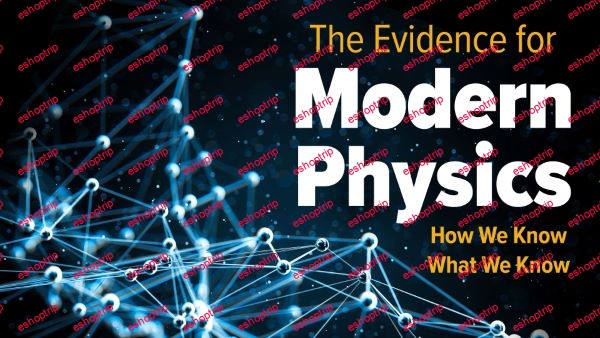


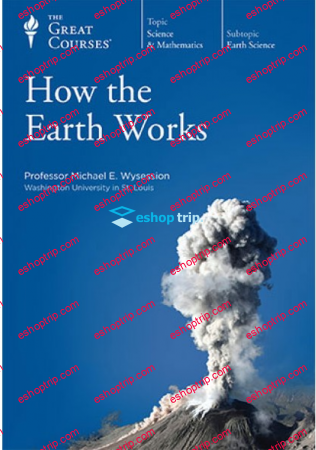
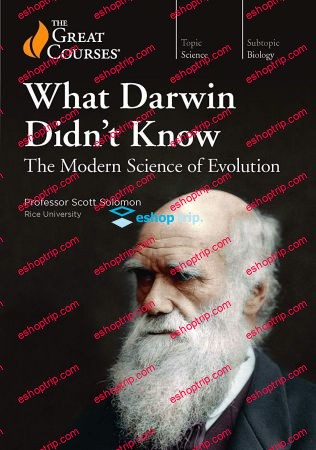

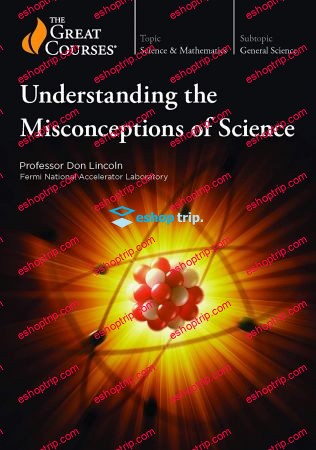

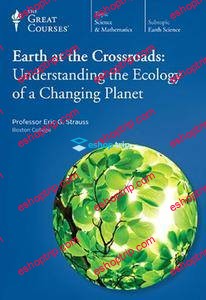


Reviews
There are no reviews yet.